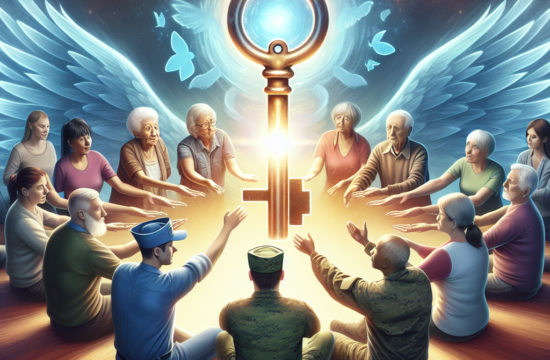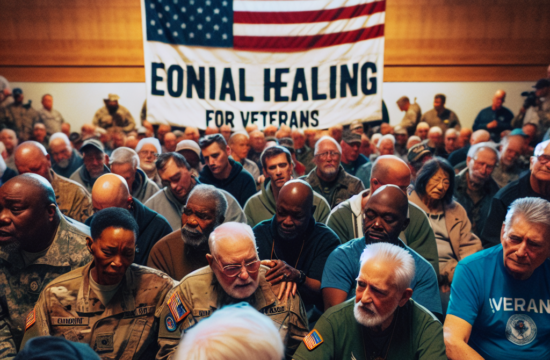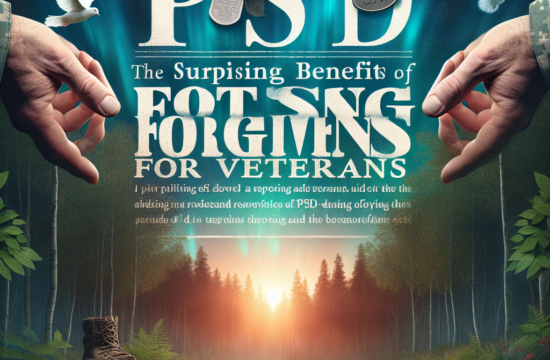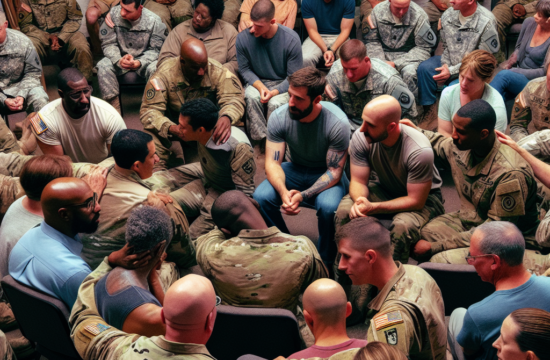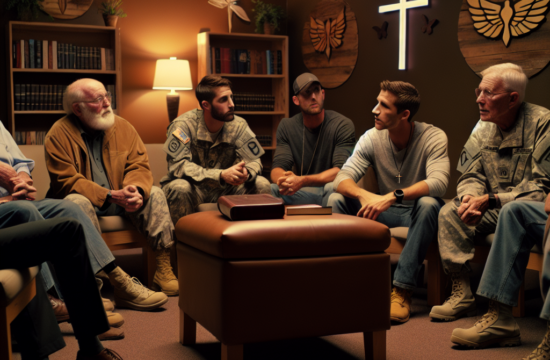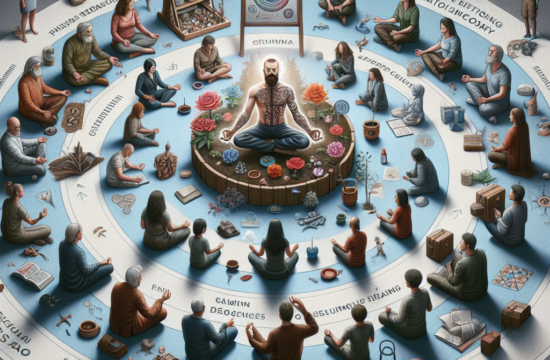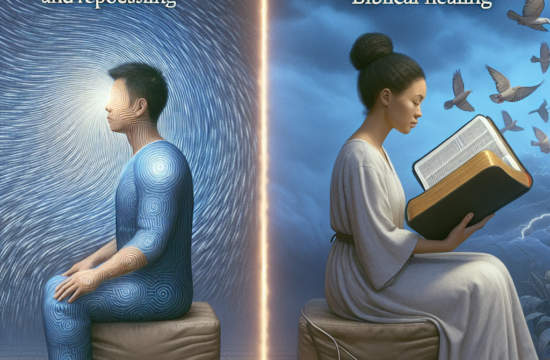==> Thank you for reading this post! Click Here If you are looking for support and Victory over PTSD.
Recognizing the Signs of PTSD
Understanding Your Feelings
It’s really easy to get wrapped up in the chaos of your emotions when you’re dealing with PTSD. I found that just taking a moment to breathe and recognize what I’m feeling is key. You might feel anger, sadness, or anxiety—like a whirling tornado inside. The first step is to acknowledge those feelings without judgment. You’re not weak; you’re human.
Sometimes, I’d sit with my thoughts while journaling. Writing down what I felt helped clarify my emotions. It’s like pulling each emotion out of a box and looking at them. You’ll quickly learn that these feelings are perfectly valid and you’re not alone in having them.
Remember that seeking help is important. Talk to someone you trust or a professional. Trust me, just sharing what you’re feeling can lift a huge weight off your shoulders.
Identifying Triggers
Once I got a grip on my emotions, the next thought that came to mind was about identifying what triggered them. Do you get panicky when you hear certain sounds, or maybe when you enter specific places? My triggers were rampant, and recognizing them was like shining a flashlight in a dark room. Suddenly, there was clarity.
Often, people don’t realize how certain situations or even people can trigger past traumas. I remember being at a family gathering where a conversation made me uncomfortable. I learned to excuse myself and find a quiet space when things got too overwhelming. It’s okay to protect your peace!
Finding out what triggers you is part of the healing process. Once you know your triggers, you can take actionable steps to either avoid them or prepare yourself for how to respond. And make sure to treat yourself kindly on this journey!
Learning to Speak to Yourself Positively
This one took me some time to grasp. I was used to a negative chatter in my head, but my journey in overcoming PTSD with Scripture helped flip that script. For instance, I started using the verse Philippians 4:13, “I can do all things through Christ who strengthens me.” Statements like this became my morning mantra.
When you catch yourself spiraling into negativity, pause and challenge that thought. Try asking yourself questions like, “Is this thought helping me grow?” or “What would I say to a friend feeling this way?” Replace negativity with positivity until it becomes a habit. It’s all about making love your default setting!
Your brain is like a garden; you need to tend to it! Plant good seeds with positive affirmations, and watch the beautiful flowers bloom over time.
Utilizing Scripture for Comfort and Strength
Finding Relevant Verses
During my lowest points, I discovered a treasure in the Bible—verses that spoke directly to my situation. Searching for scriptures that provide comfort felt like finding a lifeline. For example, Jeremiah 29:11 always reminded me that there’s a plan for my life, even when I’m feeling lost.
A great way to dive into these verses is creating a “PTSD combat journal.” Write down the verses that speak to you and why. Having a dedicated place for scriptures not only keeps you organized but also gives you quick access during tough days.
Keep those verses at your fingertips. Whether on your phone, in a pretty notebook, or on sticky notes around your home, they can bring instant comfort. Scripture can be your companion in darkness, so take advantage!
Integrating Prayer into Your Day
Man, prayer is powerful! At first, I didn’t know how to pray or what to say. But I started keeping it simple—just talking to God as I would a close friend. It became part of my daily routine and helped me navigate my emotions and fears. I often found myself praying specific prayers focusing on my trauma.
Making prayer a part of your day doesn’t need to be complicated. Start with a few minutes in the morning, thanking God for your blessings, or even just asking for peace. You can mix it up—talk about your day, your fears, and also your hopes for the future. It’s that personal touch that makes a difference.
When you get that connection, it creates a solid base for your healing journey. Over time, it also deepens your faith and your sense of peace, grounding you even when the storms of PTSD arise.
Finding Community Support
One of the biggest game-changers for me was finding a community that understood my struggles. I joined a local support group, and honestly, being surrounded by folks who’ve walked my path felt like a big ol’ hug! Sharing stories, laughter, and struggles made me feel less isolated in my journey.
Get Support and Help with Recovery! Visit us for more Information and Support
If you can’t find a local group, look for online forums or virtual meet-ups. Facebook has groups dedicated to these topics, where people share their experiences, resources, and encouragement. It’s a blessing to reach out to others who genuinely get it.
Remember that healing is a journey, not a sprint. Surrounding yourself with supportive people who uplift you can make the path so much smoother. You don’t have to go through this alone! Together, we can lift each other up and remind each other of our strength.
Implementing Daily Strategies for Mental Health
Creating a Routine
Stability is vital in combating PTSD. Establishing a daily routine gave me a sense of normalcy and control over my life. I started setting small, achievable goals for my day—like going for a walk, reading a chapter from a book, or cooking a meal. These little victories helped rebuild my confidence.
Each night, I would write out my plan for the following day. It was like setting the stage for myself to perform! Having a clear agenda helped lessen overwhelming feelings and gave me something to look forward to each day. On days that didn’t go according to plan, I learned to remind myself it’s okay to adjust.
Think of your routine as a structure to keep you grounded. Experiment with what works for you and remember that it’s a living thing—you can adjust as you go! Consistency is key, and it really pays off.
Practicing Mindfulness and Meditation
Finding calm in the storm can seem impossible at times, but mindfulness and meditation have been powerful tools for my healing journey. I started by simply setting aside 5-10 minutes a day to focus on my breathing. I often repeat a calming script like “Inhale peace, exhale stress.”
There are tons of apps that can guide you through meditation, too! Just pop in your headphones, find a quiet space, and allow yourself that time to recharge. It was hard at first, but over time, it became an oasis of peace in my chaotic mind.
Mindfulness helped me become aware of my thoughts and feelings without judgment. It fosters a greater sense of calm, making it easier to cope with those heavy PTSD days when they pop up unexpectedly.
Engaging in Physical Activity
Let’s be real: the gym might not be everyone’s cup of tea, but finding some form of physical activity is an effective part of dealing with PTSD. I discovered how much better I felt after a good workout! It doesn’t have to be lifting weights; it can be as simple as going for a jog or practicing yoga.
Physical activity releases endorphins—those happy little chemicals that lift your mood. After a good run or a killer dance session, I’d feel lighter, like a burden had been lifted. Even spending time outdoors can make a huge difference in your mental state.
Find an activity you love and get moving! It’s a powerful tool for clearing your mind and relieving stress. Mix and match, and don’t forget, the goal is to have fun while you’re at it!
Frequently Asked Questions
What are the signs of PTSD?
The signs can vary, but common ones include feelings of anger, sadness, anxiety, hypervigilance, and flashbacks to traumatic events. If you recognize a combination of these, it might be worth talking to someone about it.
How can scripture help with PTSD?
Scripture can provide comfort, guidance, and hope when you’re feeling overwhelmed. Specific verses can be reminders of God’s love and promise for your life, helping you stay focused during tough times.
Is it okay to seek help from professionals?
Absolutely! Speaking to a counselor or therapist trained in PTSD can make a significant difference. It’s always okay to seek help, and it shows strength to acknowledge when you need it.
How can I create a routine that works for me?
Start small by listing achievable tasks you’d like to incorporate into your daily schedule. Be flexible and allow your routine to evolve as you find what brings you peace and stability.
What if I can’t find the right support system?
Look beyond your immediate circle. Online forums, social media groups, or support groups can provide a sense of community and understanding, even if they’re virtual.






